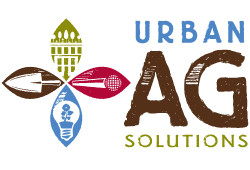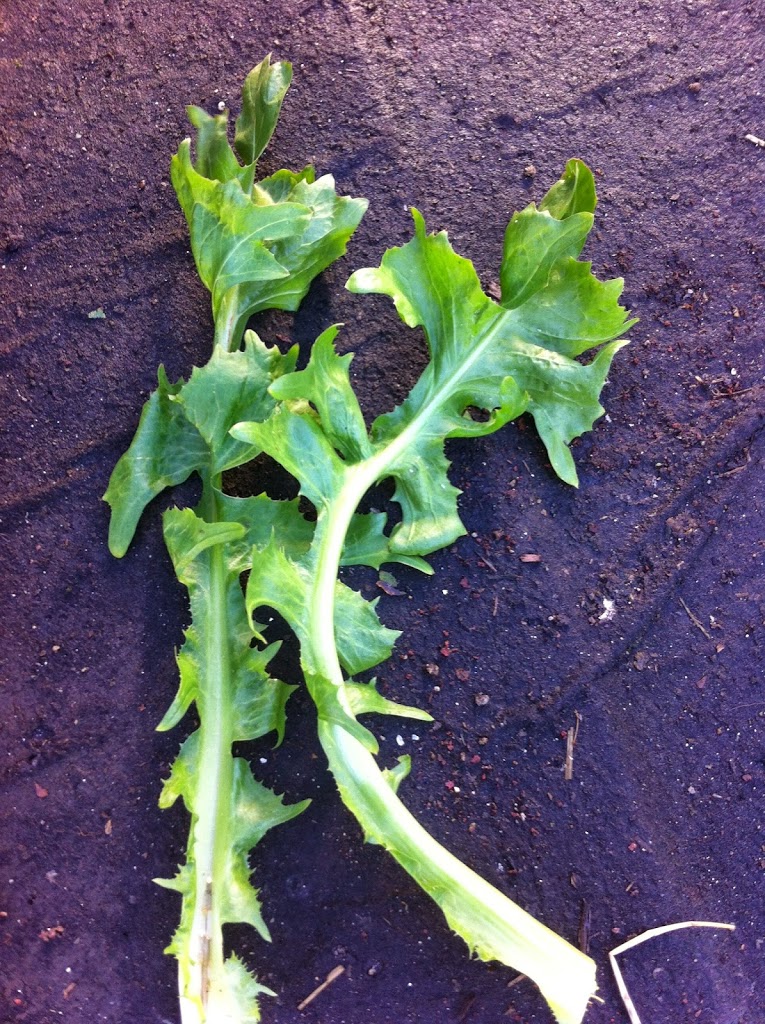 |
| From time to time during our childhood, my father would impersonate Father Guido Sarducci, complete with Italian accent. Sometimes the accent even came out at a restaurant without the need for the costume. |
| The real Father Guido Sarducci, a 70s and 80s character created by the comedian Don Novello. |
Turning from cultural (if you call those cultural) reflections to the garden, the season has finally shifted from our improbably long summer, and we in the Pacific NW now find ourselves smack in the middle of winter weather – gray, wet, cold – a kind of 6-8 month non-Italy state of affairs, one might say. But every season has its merits, and when the weather turns, I always enjoy making fires in the woodstove, anticipating holiday entertaining, and eating endives. The pleasantly bitter signature of a good winter endive, tempered by a little cold, is something I anticipate all year, and while I can grow and get plenty of Tres Fine and other endive in the summer, they’re always better in winter.
Imagine my great pleasure, then, when I recently discovered a new endive which has a bold form, great taste, and….wait for it…..a multi-syllabic Italian name – Cardoncello Barese (unromantically translated as “Little Cardoon of Bari”). This endive, while having dandelion shape of comic proportions, is a serious flavor contender. While I haven’t yet cooked up a batch, I have been eating a lot of it raw, and I love the bitter-sweet antagonism that plays on the tongue and the big, Romaine-like crunch that each leaf delivers courtesy of a thick midrib. And I admit that I succumb to the name – seven lilting syllables, which if uttered over and over cause my hands and arms to start gesticulating involuntarily (see, there’s the subconscious thing I mentioned earlier).
I got my seed from Adaptive Seeds, a small seed house in Sweet Home, Oregon (www.adaptiveseeds.com). Here’s what they have to say about it on the seed packet:
“Distinct variety from other escaroles with leaves that are long and serrated like a giant dandelion green. Tall leaves can reach 18″ long. Great year-round, surprisingly winter hardy. Delightful flavor is sweeter than other escaroles. Italian regional specialty originally from Bari in Apulia, Italy.”

